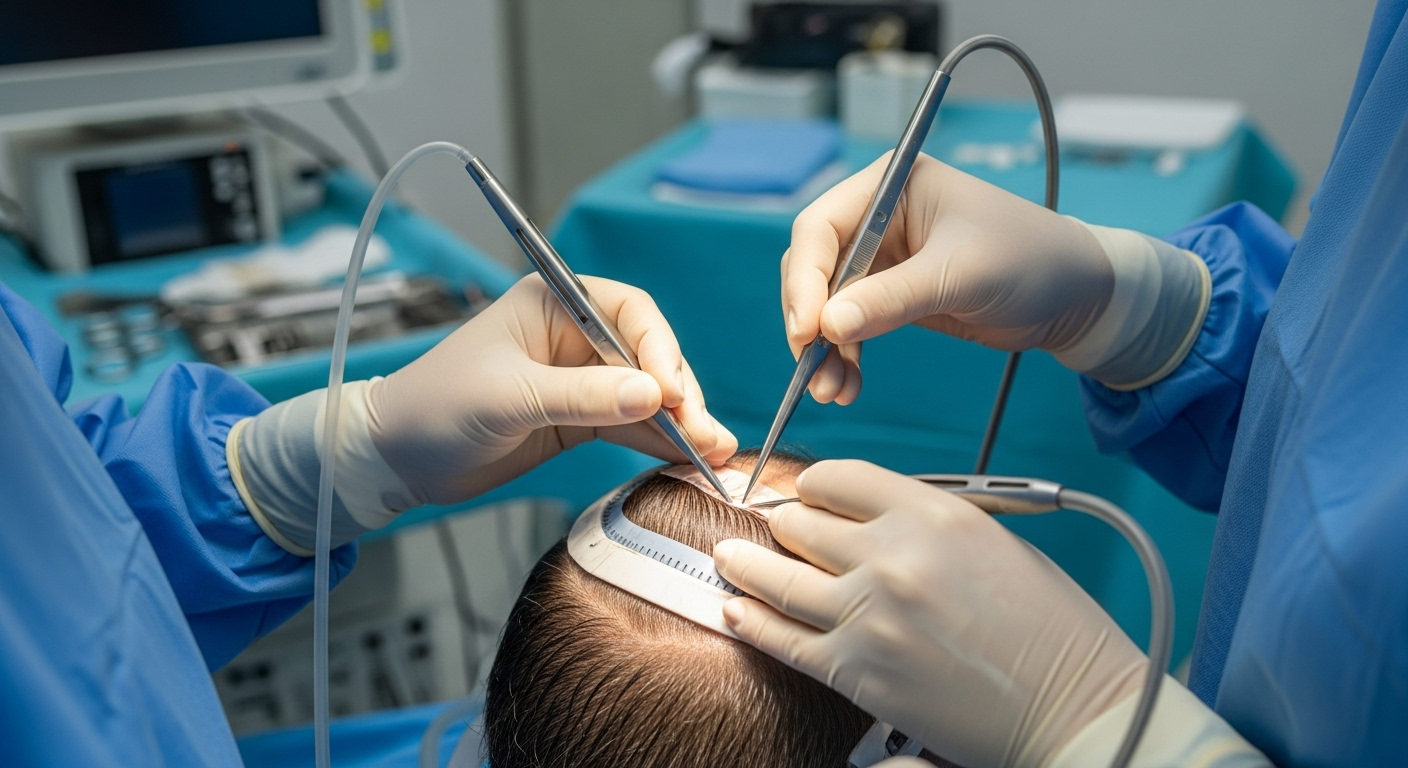What to Know About Hair Transplant Costs and Price Differences Between Countries
Hair transplantation has become an increasingly popular solution for those struggling with hair loss. However, the cost of this procedure can vary significantly depending on several factors, including the country where it's performed. This article delves into the intricacies of hair transplant costs and explores why prices differ so dramatically across borders.

How do hair transplant costs compare across different countries?
The cost of hair transplant procedures varies significantly around the world, creating opportunities for medical tourism among those seeking more affordable options. In the United States and Western Europe, prices are typically the highest, with procedures costing between $4,000 and $15,000 depending on the extent of the transplant. The UK follows closely, with average costs ranging from £3,000 to £15,000.
By contrast, countries like Turkey, Thailand, and India have become popular destinations for hair transplant tourism, offering the same procedures at a fraction of the cost. In Turkey, which has emerged as a global leader in hair transplantation, procedures typically range from $1,500 to $4,000. Indian clinics often charge between $1,200 and $5,000, while Thai facilities generally price treatments between $2,000 and $8,000.
Mexico and Eastern European countries like Poland and Hungary represent middle-ground options, with prices typically 40-60% lower than Western counterparts while still maintaining high standards of care in many established clinics.
How do transplant prices vary based on location and clinic quality?
Location significantly impacts hair transplant pricing, but clinic reputation and quality standards also play crucial roles in the overall cost structure. Premium clinics in major cities like New York, London, or Paris command higher prices due to higher operating costs, stricter regulatory requirements, and the prestige associated with their locations and staff credentials.
Mid-tier clinics in smaller cities or less expensive countries may offer comparable technical quality at lower prices due to reduced overhead costs. However, the variation in quality standards can be substantial. Top-tier clinics, regardless of location, typically employ board-certified surgeons specializing in hair restoration, use advanced equipment, maintain stringent hygiene protocols, and provide comprehensive aftercare.
When evaluating clinics across different price points, it’s important to consider accreditation, surgeon experience and specialization, clinic reviews, before-and-after portfolios, and whether the quoted price includes all aspects of treatment, including pre-operative consultation, post-operative care, and any necessary medications.
How do different transplant methods affect the overall cost?
The transplantation technique chosen significantly impacts the final price of the procedure. Currently, two main methods dominate the field: Follicular Unit Transplantation (FUT) and Follicular Unit Extraction (FUE).
FUT, also known as the strip method, involves removing a strip of scalp from the donor area and dissecting it into individual follicular units for transplantation. This method is generally less expensive, with prices ranging from $4,000 to $10,000 in the US for a standard session, because it requires less time and technical precision. However, it leaves a linear scar and may involve a longer recovery period.
FUE, where individual follicular units are extracted directly from the donor area, is more labor-intensive and technically demanding. This precision comes at a premium, typically costing between $6,000 and $15,000 in the US. Advanced variations like Direct Hair Implantation (DHI) or robotic-assisted FUE (using systems like ARTAS) can push costs even higher, sometimes exceeding $20,000 for extensive procedures.
The number of grafts required is another major cost determinant. Most clinics charge on a per-graft basis, with rates ranging from $3-7 per graft in the US and Western Europe to as low as $0.5-2 per graft in countries like Turkey or India. A typical procedure might require anywhere from 1,500 to 4,000 grafts depending on the extent of hair loss.
Global hair transplant pricing comparison
Hair transplant costs can vary dramatically depending on the country, clinic reputation, and technique used. The table below provides a general overview of price ranges for a standard FUE procedure of approximately 2,000-2,500 grafts across different countries:
| Country | Average Price Range | Notable Considerations |
|---|---|---|
| United States | $8,000 - $15,000 | Highest standards of regulation, typically includes comprehensive aftercare |
| United Kingdom | £5,000 - £12,000 | Strict medical governance, prices vary significantly between London and other regions |
| Germany | €4,000 - €10,000 | Known for technical precision and medical innovation |
| Turkey | $1,500 - $4,000 | Global hub for hair transplants, quality varies widely between clinics |
| Thailand | $2,000 - $8,000 | Growing medical tourism destination with modern facilities |
| India | $1,200 - $5,000 | Wide range of clinics from budget to premium |
| Mexico | $2,500 - $6,000 | Popular for US patients seeking more affordable options |
| Poland | €2,000 - €5,000 | Emerging European destination with competitive pricing |
Prices, rates, or cost estimates mentioned in this article are based on the latest available information but may change over time. Independent research is advised before making financial decisions.
Factors beyond price that influence transplant decisions
While cost is a significant consideration, other factors may ultimately prove more important when choosing where to have a hair transplant. The surgeon’s expertise and specialization in hair restoration is paramount, as the procedure’s success largely depends on the practitioner’s skill and experience. Clinic accreditation and adherence to international medical standards ensure basic safety protocols are followed.
Post-operative care is another crucial element that varies widely between providers. Some clinics offer comprehensive aftercare programs including multiple follow-up appointments, while others provide minimal support after the procedure. Language barriers and potential complications with traveling after surgery should also be considered when contemplating medical tourism options.
The quality of donor hair assessment, pre-operative planning, and realistic expectations about results can significantly impact long-term satisfaction. Patients should carefully research clinics regardless of location, examining before-and-after photos of previous patients, reading reviews, and verifying surgeon credentials before making a decision based solely on price.
This article is for informational purposes only and should not be considered medical advice. Please consult a qualified healthcare professional for personalized guidance and treatment.




